Bush beans, also known as snap beans or string beans, are a popular and easy-to-grow crop that can provide a bountiful harvest of delicious and nutritious beans. Unlike pole beans, which require trellising or support to grow vertically, grow bush beans are self-supporting and grow in compact bushes. In this article, we will discuss How to plant, grow, and harvest bush beans, how to grow a bush beans from the seed, how to grow bush-beans in containers, the types of beans to grow, and the health benefits of bush beans.
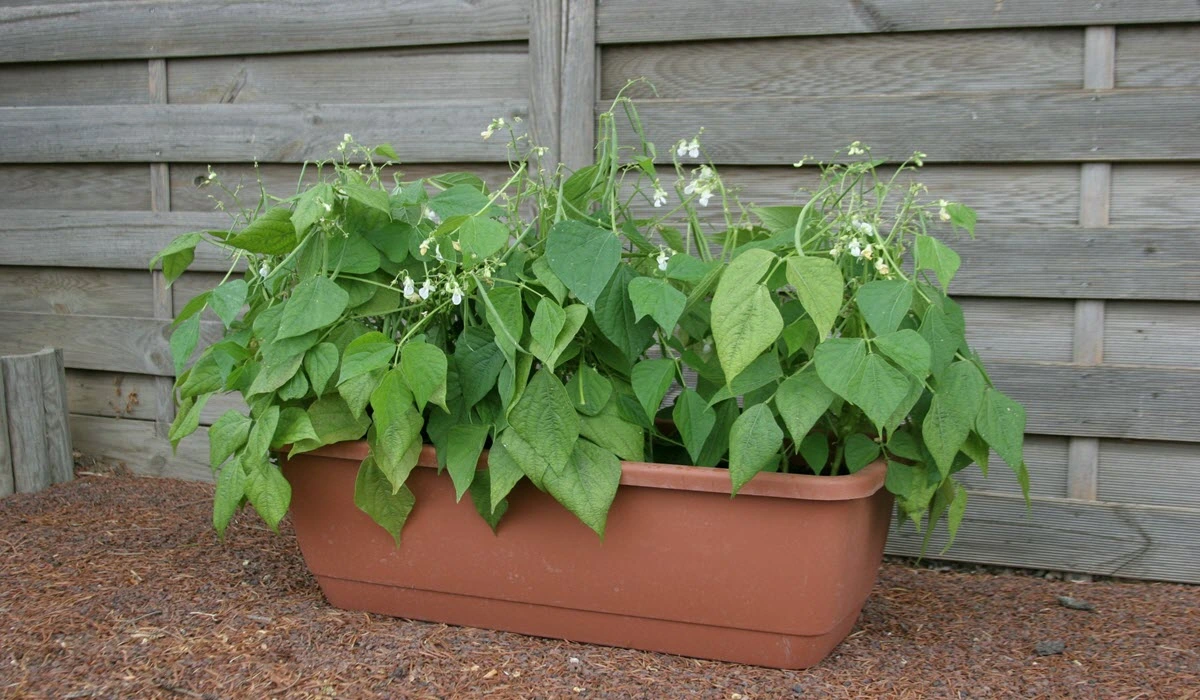
Choose a planting location
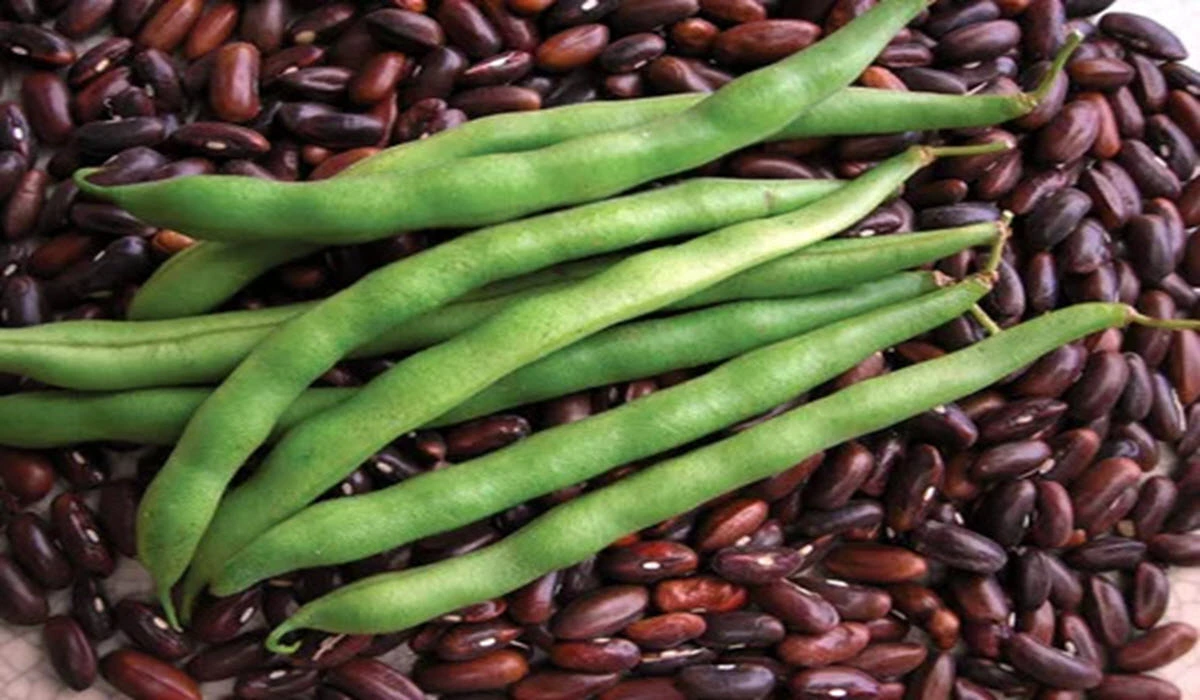
Bush beans require full sunlight and drained garden soil. Choose the correct location to receive at least six to eight hours of direct sunlight everyday. The soil should be rich in organic matter and well-draining. If your soil is heavy or compacted, work in compost or other organic matter to improve its structure and drainage.
Planting bush beans
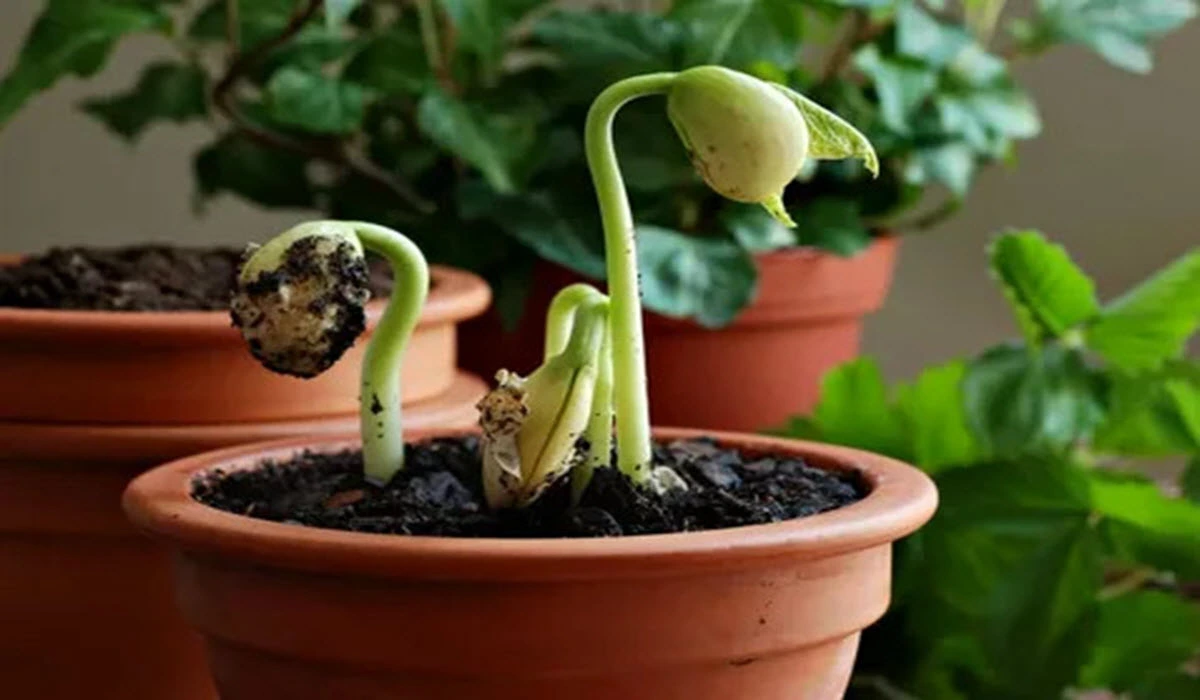
Bush beans can be planted directly in the garden after the last frost date in your area. Plant the seeds about 1 inch deep and 2-3 inches apart in rows spaced 18-24 inches apart. Alternatively, you can plant the seeds in raised beds or containers.
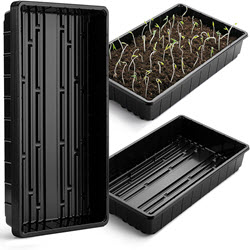
|
Mr. Pen- Plastic Growing TraysTMr. Pen- Plastic Growing Trays, 5 Pack, Black, Plant Tray, Seed Tray, Seedling Tray, Propagation Tray, Plant Trays for Seedlings, Planting Trays, Microgreens Growing Trays, Seedling Starter Trays |
Watering to grow bush beans
Water the beans regularly, keeping the soil moist but not waterlogged. Avoid getting the foliage wet, as this can promote disease.
Fertilizing beans
Bush beans do not require a lot of fertilizer, but you can add a balanced fertilizer to the soil before planting. Alternatively, you can use a side dressing of compost or a foliar spray of fish emulsion or seaweed extract during the growing season.
Mulching
Mulch the soil around the bean plants with a layer of organic material such as straw or grass clippings. This will help to retain moisture in the soil and suppress weeds.
Pest and disease control
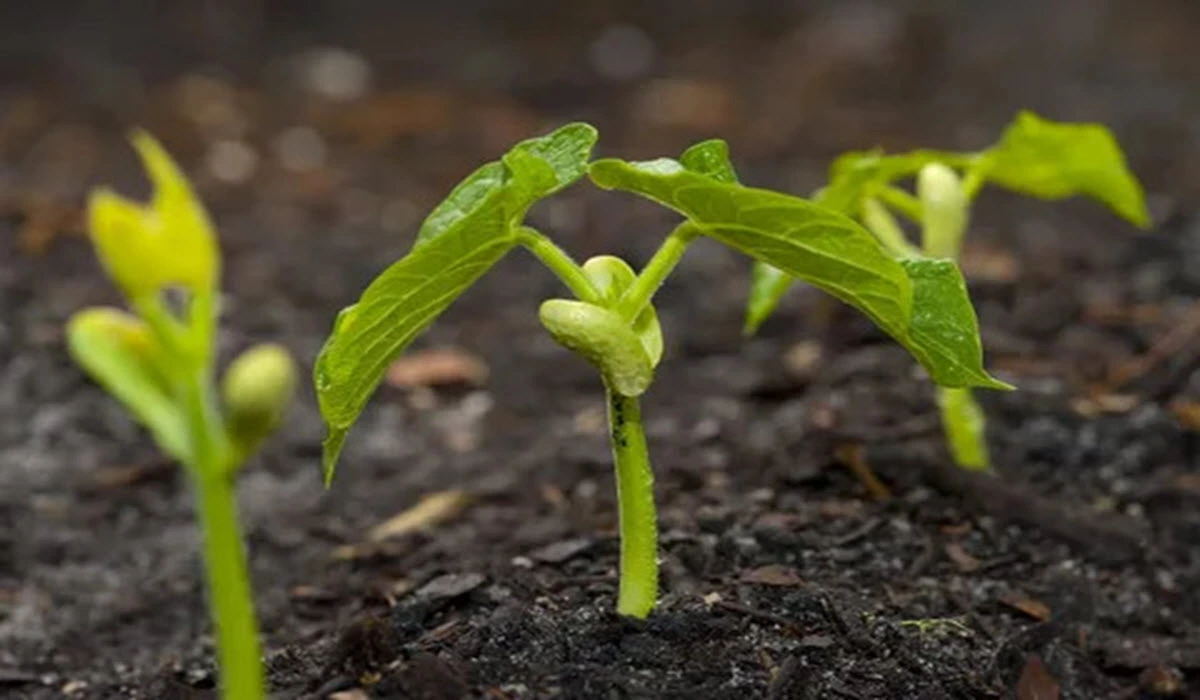
Bush beans are generally resistant to pests and diseases, but you should still keep an eye out for common problems such as aphids, spider mites, and powdery mildew. If you notice any signs of pests or disease, treat them promptly with an organic insecticide or fungicide.
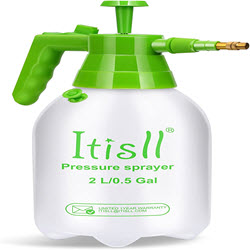
|
Garden Pressure Pump SprayerITISLL Manual Garden Sprayer Hand Lawn Pressure Pump Sprayer Safety Valve Adjustable Brass Nozzle 0.5 Gal 2L |
Harvesting
Bush beans will produce a crop about 50-60 days from planting. Pick the beans when they are young and tender, about 3-4 inches long. If you wait too long, the beans will become tough and stringy. Harvest regularly to encourage more production.
Health benefits
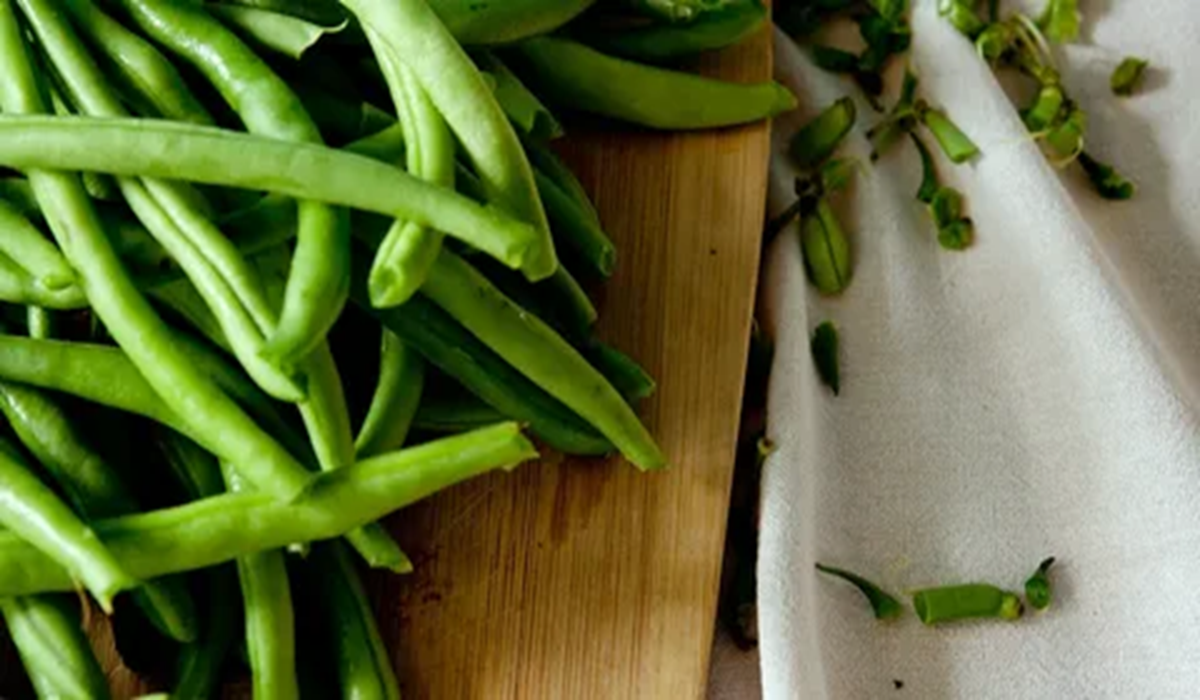
Rich in nutrients:Bush beans are a good source of several vitamins and minerals, including vitamin C, vitamin K, folate, and potassium. These nutrients are essential for overall health and can help to boost the immune system, improve bone health, and regulate blood pressure.
Good for digestion:Bush beans are a good source of dietary fiber, which is essential for digestive health. Fiber can help to promote regular bowel movements, reduce the risk of constipation, and improve the overall health of the digestive system.
May lower cholesterol levels:Some studies have suggested that eating beans, including bush beans, may help to lower cholesterol levels. This is because beans contain soluble fiber, which can bind to cholesterol and prevent it from being absorbed by the body.
May reduce the risk of cancer:Some studies have suggested that eating beans, including bush beans, may help to reduce the risk of certain types of cancer, such as colon cancer. This is because beans contain a variety of plant compounds that have been shown to have anti-cancer properties.
May help to reduce inflammation:Beans, including bush beans, are good in flavonoids and other plant compounds that have been shown to have anti-inflammatory properties. This may be beneficial for people with conditions such as arthritis, which is characterized by chronic inflammation.
In conclusion, growing bush beans is a simple and rewarding experience that can provide you with a delicious and nutritious crop. By following these tips and providing your beans with the right conditions and care, you can enjoy a bountiful harvest of fresh, home-grown beans.

